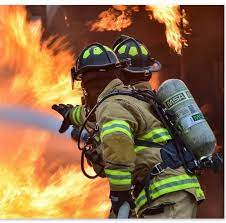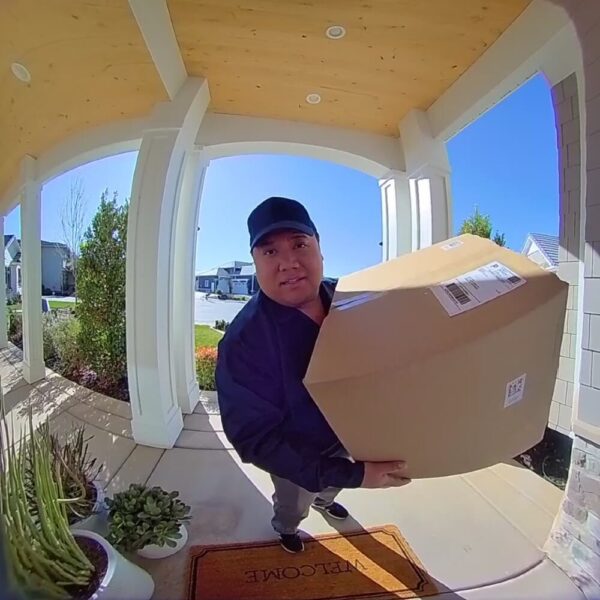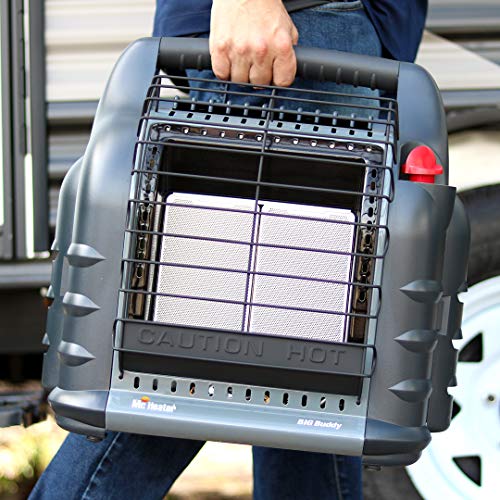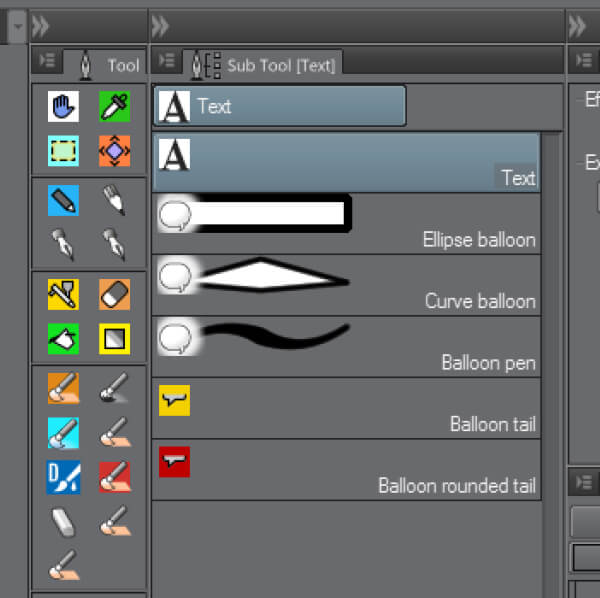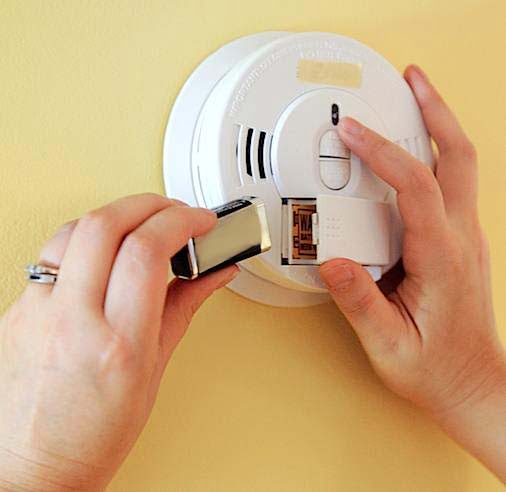Carbon monoxide has been proven several times to be a silent killer because of how odorless and colorless it is. It has several times killed many while those that survived it had critical health problems which they spent lots of money to treat.
The presence of carbon monoxide in a home is not something that should be joked with. Therefore, who do you call to check your house for carbon monoxide?
The best people to call to check your house for carbon monoxide are the fire department, a professional on-site air testing company, or 911. If you notice the presence of carbon monoxide in your home, open the doors and windows, leave the house immediately, and call the fire department or any professional on-site air testing company.
Table of Contents
Can I Check For Carbon Monoxide in My House?
Yes, you can check for carbon monoxide in your house. If you have a carbon monoxide detector installed in your home, it will alert you when there is excessive carbon monoxide in the house. If you don’t have the detector, the fire department or a professional on-site air testing company can help you check.
Who Do I Call To Check My House For Carbon Monoxide?
If you notice the presence of carbon monoxide in your house, you can call the fire department in your area to come to check it for you. You can also call any professional on-site air testing company within your area to come and check it for you.
You can also call 911 if you suspect the presence of carbon monoxide in your house especially when you don’t know the fire department number.
If it going to take you too long to find the number of the fire department in your area, you can quickly dial 911 and have them forward the call to the fire department. The same goes for the testing company too.
However, before calling 911, ensure that the level of carbon monoxide in the house has gotten too much. Ensure that it is an emergency. Don’t call them to ask for the fire department number rather, call them when urgent help is needed.
The essence of checking for carbon monoxide in the house is to ensure that there is no excessive carbon monoxide in the house that could affect people’s health. Before making the call, ensure that there is the presence of carbon monoxide in the house.
However, there are several ways by which you can detect the presence of carbon monoxide in your home. They are:
- Through Carbon Monoxide Detector
- Through an Indoor Air Quality Test
With the use of a carbon monoxide detector, you will be alerted to the presence of carbon monoxide in the house. However, it is important to note that there are levels at which these carbon monoxide detectors can get. While they can be used to detect carbon monoxide in homes, they are not the best way to detect such a silent killer in homes.
Nonetheless, the best way to detect the presence of carbon monoxide in your house is through indoor air quality testing done by a professional company. This is the best method owing to the fact that carbon monoxide has no smell.
However, not any person or group of people that call themselves a company should do this testing. They should be licensed and they should be professional at such a job. Remember that this is a life and death matter. So much care is needed to be on the safer side.
To do the indoor air quality testing, an electronic portable toxic multi-gas monitor will be used. This is the tool that will be used to test the quality of the air in your house.
It can be able to detect any trace of carbon monoxide gas from almost zero parts per million (ppm) and increment as small as 1 ppm which is better than the carbon monoxide detectors which measure only down to 30 ppm.
After checking and testing and you discover that it is the HVAC system that is producing the carbon monoxide, you can contact the HVAC company to check the system with a combustion analyzer.
Most HVAC companies make use of a combustion analyzer which is an electronic device that tests vented gases directly coming from furnaces to ensure that the amount of carbon monoxide produced by the system and the ratio of oxygen is within a safe range.
Appliances that Produce Carbon Monoxide at Home
As we all know, carbon monoxide is a gas that is produced by gas or wood fuels, etc. It is mostly seen in homes either by heating systems such as HVAC or vented propane heaters.
If you are the type that is using propane heaters indoors, better watch out for the presence of carbon monoxide. This is because propane heaters or any form of heating system can produce carbon monoxide if enough ventilation is not provided.
Other appliances at home that can produce carbon monoxide are gas water heaters. You may have to be very watchful while using this appliance in your home. Some older furnaces from the vented heating systems can produce carbon monoxide as well.
When you leave your car engine inside your garage with no ventilation, it will produce a lot of carbon monoxide in the garage. Imagine leaving your portable garage propane heater on while your car engine is on as well. These products will produce more carbon monoxide to the extent that it will be difficult for one to stay inside such a place.
Other appliances that can produce carbon monoxide at home are charcoal or gas grills, gas stoves, fireplaces, wood-burning stoves, and many more. Please take note of all these agents of carbon monoxide and be conscious anytime they are in use at home.
Who Do You Call If Carbon Monoxide Detector Goes Off?
If the carbon monoxide detector in your house goes off, call the fire department within your area to come to check your house for any carbon monoxide leaks. Ensure to open your windows and doors, and leave the house before making the call.
How Do I Know If There is Carbon Monoxide in my House?
The carbon monoxide detector will go off once the presence of carbon monoxide is detected in your house. That’s why it’s important you install a detector in your home.
In some municipals or areas controlled by homeowners association (HOA) rules, you are mandated to install a carbon monoxide detector in your home.
Even without the carbon monoxide detector going off, you can suspect the presence of carbon monoxide in the house especially when everyone at home is falling sick. One thing with carbon monoxide is that it affects your breathing. You will begin to feel dizzy. Other symptoms of carbon monoxide include;
- Vomiting
- You will be confused for no reason
- You will be weak
- You may have an upset stomach
- Headache
- chest pain, and
- Dizziness
These symptoms will make you question whether there is the presence of carbon monoxide in the house. Moreover, while healthy people and children may not be quick to react to the gas, the elderly at home and those with previous health issues are the first to be affected.
As a writer, writing this article, I know someone, a full-grown man and his two friends, who were killed by carbon monoxide gas from a generator set.
They left the generator on while sleeping without knowing that the quantity of carbon monoxide in his room was higher than the level of oxygen available. They all died while sleeping.
So, please be conscious of carbon monoxide in your home. Do not leave the kitchen window and door locked when cooking whether you are using a wood stove or a gas. Ensure there is enough ventilation in the room. If you are using any portable propane heater in your garage, ensure that enough ventilation is coming inside the garage. You need enough ventilation to use propane heaters.
How Long Does it Take for Carbon Monoxide to Leave the House?
If you have enough ventilation in the house, it will take four to five hours for half of the carbon monoxide to leave the house. However, to speed up the process, ensure that all doors and windows are open for ventilation to stop carbon monoxide poisoning.
Final Thoughts
The thought of having carbon monoxide in your house should never come into your mind. It is something you should pray never to experience. What if the gas starts when everyone is asleep?
This is the more reason why a carbon monoxide detector should be installed in your house and why it is important to have your HVCA systems checked.
Therefore, If you suspect the presence of carbon monoxide in your house, please call the fire department in your area for quick action.
If they are not available, you can call a professional on-site air testing company to come to check your house for you. As they say, prevention is better than cure.

